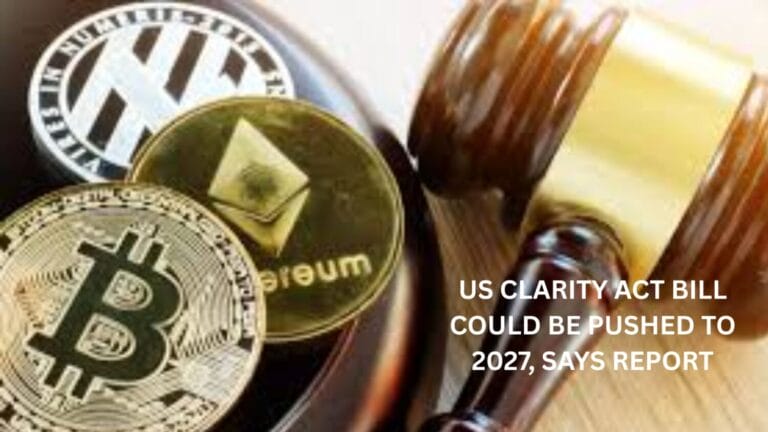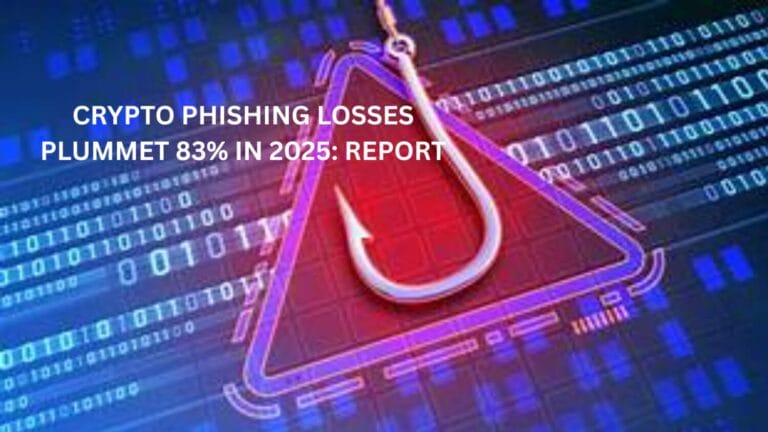Key takeaways:
- First Republic Bank has been seized, and an agreement has been reached to sell the bank to JPMorgan Chase & Co.
- The financial giant would accept $173 billion in loans from First Republic Bank and around $30 billion in securities, including $92 billion in deposits.
First Republic Bank has been seized, according to American regulators, and an agreement has been reached to sell the bank to JPMorgan Chase & Co. This makes it the third significant American institution to fail in the past two months.
After initial attempts to save First Republic Bank (FRB) failed, the American banking behemoth, JPMorgan Chase is preparing to buy its assets. On April 29, JPMorgan and numerous other banks proposed to buy the troubled FRB’s assets.
On May 1, the Federal Deposit Insurance Corporation (FDIC) was appointed receiver after the California Department of Financial Protection and Innovation terminated FRB. To safeguard depositors, the FDIC then signed a purchase and assumption agreement with JPMorgan.
According to a statement from JPMorgan, the banking behemoth would accept $173 billion in loans and around $30 billion in securities from First Republic Bank, including $92 billion in deposits. It does not take on the bank’s corporate debt or preferred shares. The head of JPMorgan Chase, Jamie Dimon, stated:
“Our financial strength, capabilities and business model allowed us to develop a bid to execute the transaction in a way to minimize costs to the Deposit Insurance Fund.”
After the deal, JPMorgan stated that it anticipated a one-time, post-tax gain of about $2.6 billion, which did not take into account an estimated $2 billion in post-tax restructuring costs probable over the following 18 months.
First Republic Bank will reopen as JPMorgan Chase in 84 sites across eight states as part of the move. The entire amount of FRB depositors’ FDIC-insured deposits will be accessible to them all as a part of JPMorgan. Until they receive any change notification from JPMorgan, customers may continue to use banking services at the current branch.
Along with the asset transfer, a loss-sharing arrangement for the residential and commercial loans that the FRB acquired was also reached between the FDIC and JPMorgan. The FDIC, acting as receiver, and JPMorgan will split the losses and any recovery on the loans covered by the loss-share agreement.
On April 26, when the news of a government receivership broke, FRB’s problems began to develop. The statement caused the bank’s shares to plunge 20% in just hours. Before the regulators finally closed the bank, the days after the announcement were even more unstable for the bank.
Less than two months ago, the Federal Reserve was forced to intervene with emergency measures to stabilize the markets after Silicon Valley Bank and Signature Bank failed due to a deposit flight from American lenders. Those failures followed the voluntary liquidation of cryptocurrency-focused Silvergate.









